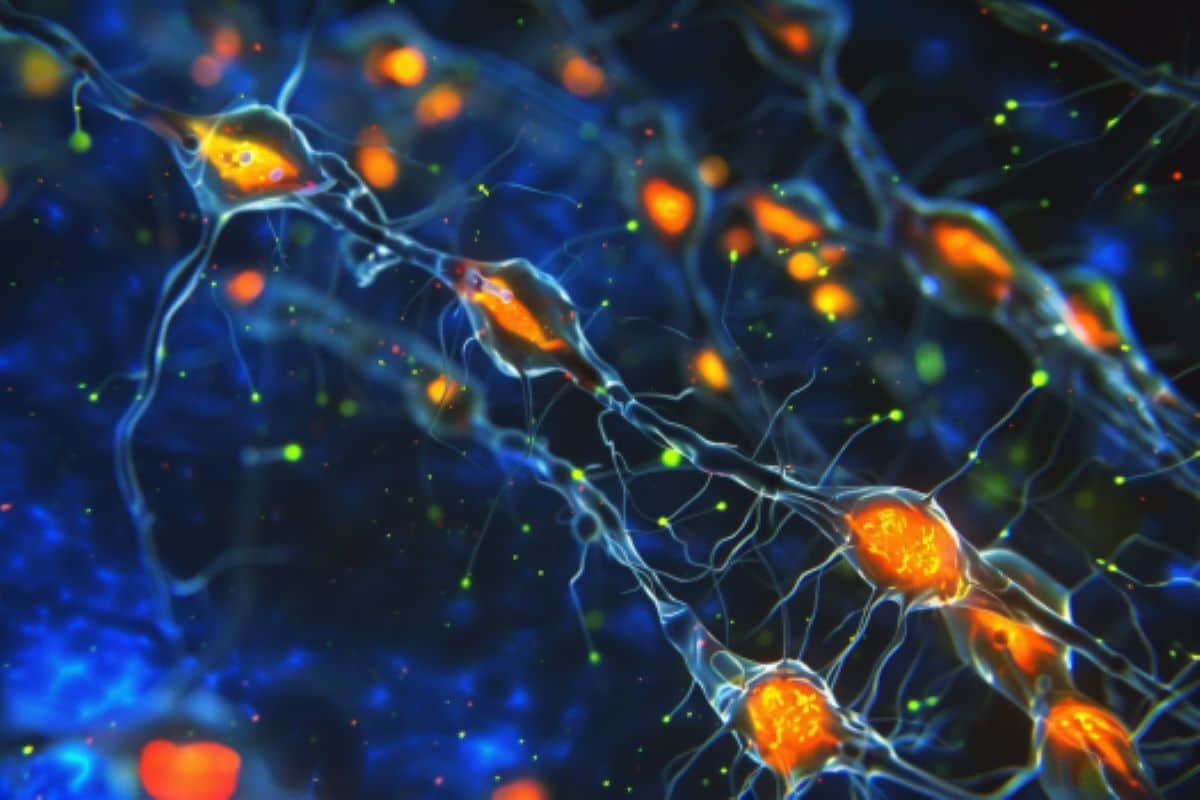If they won’t eat it, don’t panic. “Most children are quite selective in their diet,” says Gonzalez. “That’s quite normal. But the fact that they prefer pasta doesn’t mean they can’t eat anything else.” The key, says Gonzalez, is to offer other foods but not make a fuss about “trying this” or “have one bite for you and one for Mummy”. Do that, and pasta becomes the only food they can eat in peace, making them even more resistant to other foods. “It is better to say nothing.”
There are some foods that are best avoided at this age: as a general rule of thumb, children under five shouldn’t eat raw fish, as they are more susceptible to foodborne diseases – so no sushi just yet.
What foods should children aged 5-12 eat?
Ensuring your kids eat well is not always easy – it requires thought, planning and commitment, which can be exhausting, especially if you’re also trying to juggle work and your kids’ school and extracurricular activities. You don’t have to be perfect, however.
“Just a basic awareness of what your child is getting and not getting helps parents to maybe say, ‘OK, let’s make dinner a home run tonight’,” says Jill Castle. “Parents are good at self-correcting like that.”
Castle has a fairly simple way of categorising food: into highly nutritious food (whole foods, from which meals can be cooked from scratch), decently nutritious foods (they might have come in a box or a packet or be frozen, but they still have a good amount of nutrients) and minimally nutritious foods – the ultra high-processed, extremely sugary and fatty foods that should be avoided.
How to balance out the food in your child’s diet
Throughout the day, children should be getting a good balance of protein, fibre, fruit, vegetables and dairy, and you can use snacks to fill in the gaps that might have been left by other meals – so, if your child’s gone all day with no vegetables, cut up some carrots and serve them with hummus as a snack.
For a younger child, three meals and two snacks – one in the morning and one in the afternoon – will keep them going; “some children still need a cup of milk before bed and that’s perfectly fine,” says Castle.
Think about portion sizes in relation to plates – give younger children their meal on a salad plate; use saucers for snacks. And, even if you are in a huge rush and serving your child something processed out of a packet, there are always ways to beef it up nutritionally by adding, say, some fresh fruit to a yoghurt, vegetables or a side salad with a pre-made chicken kiev or ham turned into a sandwich with a wholegrain roll.
Don’t stress too much about calorie intake. “Calorie needs are a general framework for a whole variety of kids of all sizes and ethnicities,” Castle points out. “It is really just a general ballpark number.”
Until adolescence, boys and girls need about the same calories per pound of their own weight; only just before adolescence does that start to shift as boys put on more muscle and girls put on more fat in preparation for puberty. As a rough guide, children aged between five and 10 need about 1800 calories a day, made up of 24g of protein, 220g of carbs, 85g of sugar and 70g of fat.
Foods children should eat before sport
Unless a child is training to become an elite athlete, you don’t need to think too hard about this, but a light, carb-based snack with some protein at least an hour before exercise can keep them going. That could be something like toast with peanut butter or cheese. Post-exercise, there’s no need for any sort of recovery food; “When you’re 10 and playing football, just come home and have dinner,” says Castle.
The foods kids should absolutely not eat for a balanced diet
The world of ready-made food can seem like a minefield – we all know that cakes, sweets and biscuits are bad, but are baked beans from a tin ok? What about sliced bread?
“It’s difficult if you’re not cooking from scratch,” acknowledges Dimbleby, who points out that 85 per cent of processed foods are deemed by the WHO too unhealthy to give young children. But, he adds, “Don’t make it a battleground for yourself.” As with most things, if your children eat a healthy, balanced diet most of the time, an occasional lapse is ok. “Don’t give them a Pot Noodle every night, but every so often on a Friday is fine,” Dimbleby tells me. He himself keeps a stash of cheap pizzas in the freezer “which are definitely UPF – but we got fed up giving the kids Hackney sourdough pizza that cost a fortune, and they’re happy to eat a £1 pizza once in a while”.
But it’s also good to set your ground rules: Dimbleby keeps no breakfast cereal in the house, for example (“it’s the devil’s work”), doesn’t buy biscuits and doesn’t do pudding at every meal, unless it’s fruit or yoghurt.
Label reading is tedious but helpful: if you can’t pronounce an ingredient, it’s probably best avoided. As for the baked beans, the British Nutrition Foundation deems them OK as part of a healthy diet, and when it comes to sliced bread, not all breads are created equal: go for something with a variety of grains and maybe some seeds, plus nothing you can’t understand on the label, and you should be fine.
How to cope with a picky eater
Carlos Gonzalez boils it down to one extremely simple statement: “Do not force your child to eat. Never make him eat, in any way, under any circumstance, for any reason.”
It may not be easy; “I’ve known mothers who had to go to another room to cry when they stopped trying to make their children eat,” says Gonzalez. But not making a child eat doesn’t mean stopping feeding them altogether: it means not trying to distract them with TV or stories, not turning the spoon into an aeroplane, not using dessert as a reward, or using the food itself as a punishment.

Sarah Carter is a health and wellness expert residing in the UK. With a background in healthcare, she offers evidence-based advice on fitness, nutrition, and mental well-being, promoting healthier living for readers.








